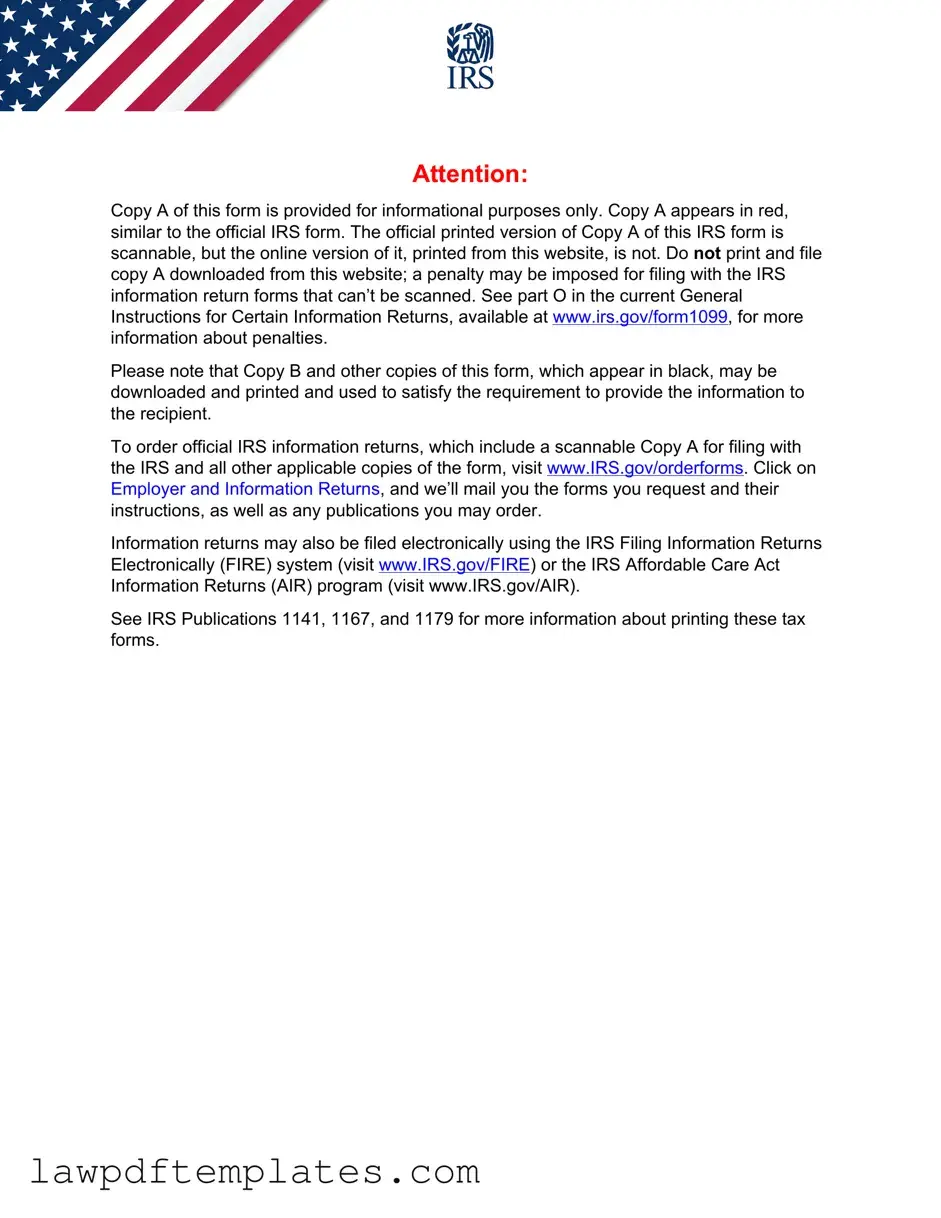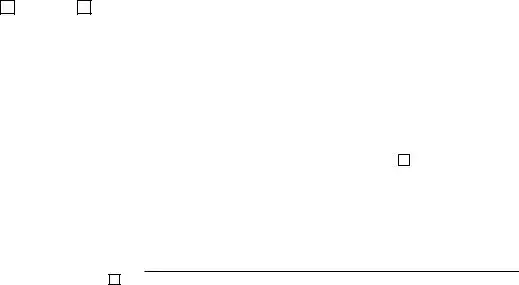Filling out the 1099-NEC form correctly is crucial for both payers and recipients. Yet, many individuals make common mistakes that can lead to complications, penalties, or delays. One frequent error is failing to use the official IRS version of the form. It is important to note that while copies may be downloaded for recipient use, Copy A must be the official printed version. Submitting a downloaded version can result in penalties, as it may not be scannable by the IRS.
Another common mistake involves incorrect taxpayer identification numbers (TINs). Both the payer's and the recipient's TIN must be accurate. A simple typo can lead to significant issues, including delays in processing and potential penalties for both parties. It is advisable to double-check these numbers against official documents to ensure they are correct.
Additionally, many people overlook the requirement to report all nonemployee compensation accurately. Box 1 of the form should reflect the total amount paid to the recipient for services rendered. Underreporting this amount can raise red flags with the IRS and may lead to audits or penalties.
Some filers also forget to check the appropriate boxes, such as indicating if the payer made direct sales of consumer products totaling $5,000 or more. This information is vital for proper tax classification and can affect how the recipient reports their income.
Another mistake occurs when individuals fail to provide the correct address for either the payer or the recipient. Accurate street addresses, including apartment numbers if applicable, are essential. Missing or incorrect addresses can cause the IRS to misdirect important tax documents, leading to further complications.
People often neglect to account for state taxes withheld. If applicable, amounts in boxes 5 to 7 should be filled out accurately. Failing to report state tax withholdings can result in the recipient facing unexpected tax liabilities when filing their state returns.
In some instances, filers may forget to include an account number if one has been assigned. While this is not always mandatory, including it can help clarify the transaction and assist in record-keeping. Omitting it may lead to confusion later on.
Another frequent oversight is the failure to provide a corrected form when necessary. If a mistake is discovered after the form has been submitted, it is essential to check the "Corrected" box and provide accurate information. Ignoring this step can result in discrepancies that may attract IRS scrutiny.
Lastly, many individuals do not retain a copy of the 1099-NEC for their records. Keeping a copy is important for personal record-keeping and can be invaluable should any disputes arise regarding reported income. It also aids in ensuring that all information reported to the IRS matches what is provided to the recipient.
By being mindful of these common mistakes, individuals can navigate the process of filling out the 1099-NEC form with greater ease and accuracy. Understanding these pitfalls is the first step toward ensuring compliance and minimizing potential issues with the IRS.






 CORRECTED (if checked)
CORRECTED (if checked)
